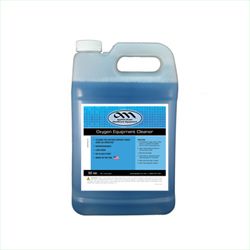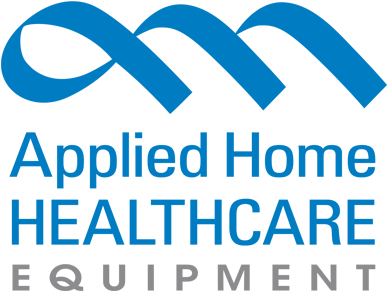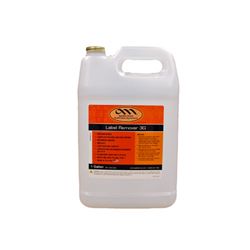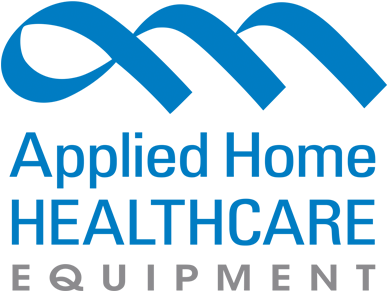PRODUCT CATEGORIES
CLASSES/REGISTRATION
WHAT'S YOUR ROLE?
What Cleaner Should I Use For My DME?
Oxygen Equipment
Oxygen equipment, such as regulators, conservers and filling equipment, should be cleaned with the unique properties of oxygen in mind. Any surface that comes into direct contact with oxygen (called the wetted surface), such as a cylinder valve opening, must be cleaned for oxygen service according to CGA standard G 4.1. This is to make sure that there is not particles left behind that could catch fire when oxygen and heat are introduced.
Concentrators
When cleaning concentrators, you should be mindful of using a cleaner or chemical that is oxygen compatible. While you won’t need to clean to oxygen service (unless you are cleaning the concentrator barb inlet), the cleaner you use should leave no residue behind. The best part about this cleaner, is that it is not just for concentrators! It's great for beds, wheelchairs and more!
Tough Dirt and Label Residue
Adhesive and grime can be tough to scrub off cylinders... but be careful- cylinders have special properties that could be harmed by some cleaners. For example, cylinders have a special clear paint coat that contains a radiant heat indicator. If the cylinder body becomes too hot, the cylinder will not be safe to be used with oxygen. So, the clear coat turns brown when the cylinder has gotten too hot. Some cleaners may harm this special coat and render the cylinder unsafe. Use a cleaner that’s been tested to be safe on clear coats.
Bonus- Not A Cleaner, but Another Thing to Look For....
Testing for Leaks
The use of an approved leak detecting solution is required by CGA, FDA, DOT, Health Canada, ISO, accreditation agencies, and many others for general and patient safety. Allowing medical gas leaks is dangerous and could lead to oxygen enriched fires or other serious consequences. Soapy water is extremely hazardous around oxygen because it contains animal fats and/or oil which build as residue resulting in oxygen enriched fires on equipment and potential germ vectors. If possible, it’s best to use a medical grade leak detector.
You Might Also Like
Subscribe to our Newsletter
Get the latest regulatory info, accreditation news and exclusive discounts!
 View Cart []
View Cart []



